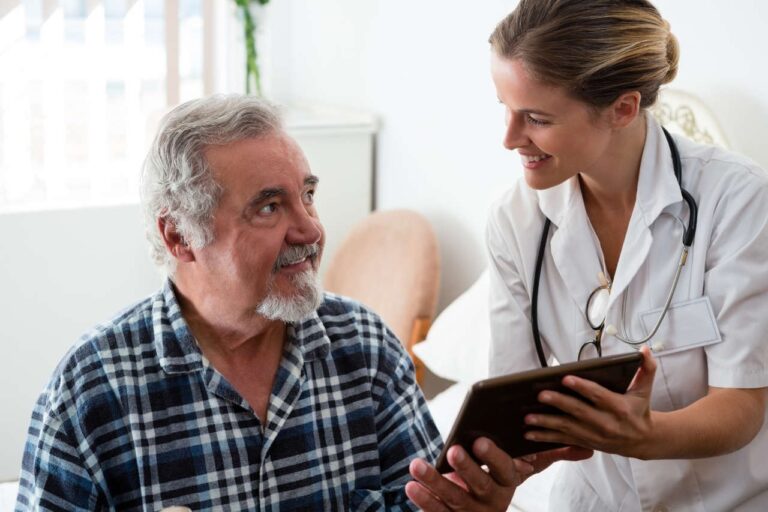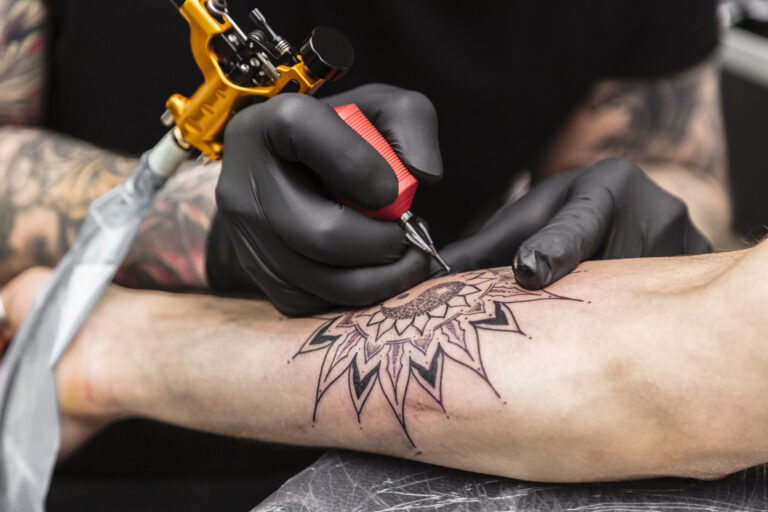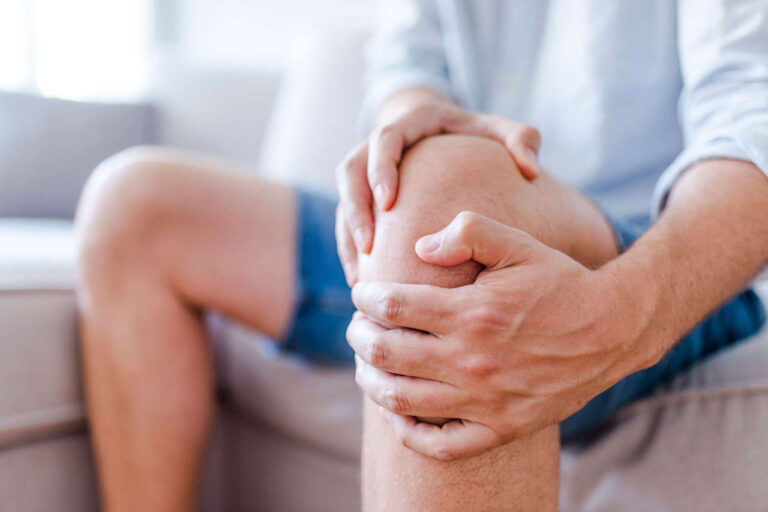
Bruising, joint pain, and swelling are a source of discomfort for anyone. However, for hemophiliacs, without Hemophilia Treatment, these symptoms can be painful, long-term, frequent, and in some cases fatal if not addressed promptly.
Whether diagnosed with hemophilia A or B, those suffering from this disease have one thing in common, an insufficient clotting factor that prevents their body from healthy recovery when they experience bleeding. Those with moderate to severe hemophilia may experience spontaneous bleeding in joints and muscles, causing high levels of pain and limited mobility.
How to Live a Normal Life with Hemophilia?
Thanks to life-saving advances in medicine and a few minor lifestyle adjustments, it is very possible. Although additional caution is necessary, those living with hemophilia can participate in everyday activities including attending school, working, traveling, and more! Here’s how:
Seek hemophilia treatment early and often
Hemophiliacs do not produce enough blood-clotting protein and are prone to internal injuries to their joints and muscles. According to the World Federation of Hemophilia, it is a genetic disease passed down from parent to child, so those with a history of hemophilia in their family may want to be tested for the disease, especially if symptoms are present.
What is the best treatment for hemophilia?
Factor replacement therapy (Injecting treatment products into a patient’s vein) is the most common hemophilia treatment to replace the clot factors lacking in the blood.
- Prophylaxis therapy is given once or twice a week to prevent bleeds
- On-demand treatments are used to provide immediate treatment after a bleed occurs.
Early identification and proper therapy can not only significantly extend a person’s life expectancy, but it can also highly improve a person’s quality of life.
Know how to identify a bleed
By being able to identify a bleed, you can seek the proper treatment to minimize pain and speed up the healing process. The website Living with Hemophilia lists a tingling, bubbling sensation without pain or tightness and pain without visible signs of injury as early indicators of a bleed. Swelling and joint pain are among the later signs of a bleed and will require immediate attention. The sooner you seek hemophilia treatment, the better.
Stay active and healthy
Managing your weight and blood pressure with healthy eating and exercise can help minimize the occurrences of bleeds in two ways.
First, maintaining a healthy weight through diet and exercise puts less stress on your joints.
Second, mild to moderate exercise can strengthen your muscles to help prevent spontaneous bleeding.
However, avoid contact sports with high risks of injury like football or martial arts and opt for activities like walking, swimming, or biking.
By making these slight lifestyle adjustments and following the medical treatment as prescribed by your doctor, you can continue to live a full and happy life without missing a beat!
Allow yourself to enjoy everything life has to offer and make your health a priority. Contact Us HERE for more info.













